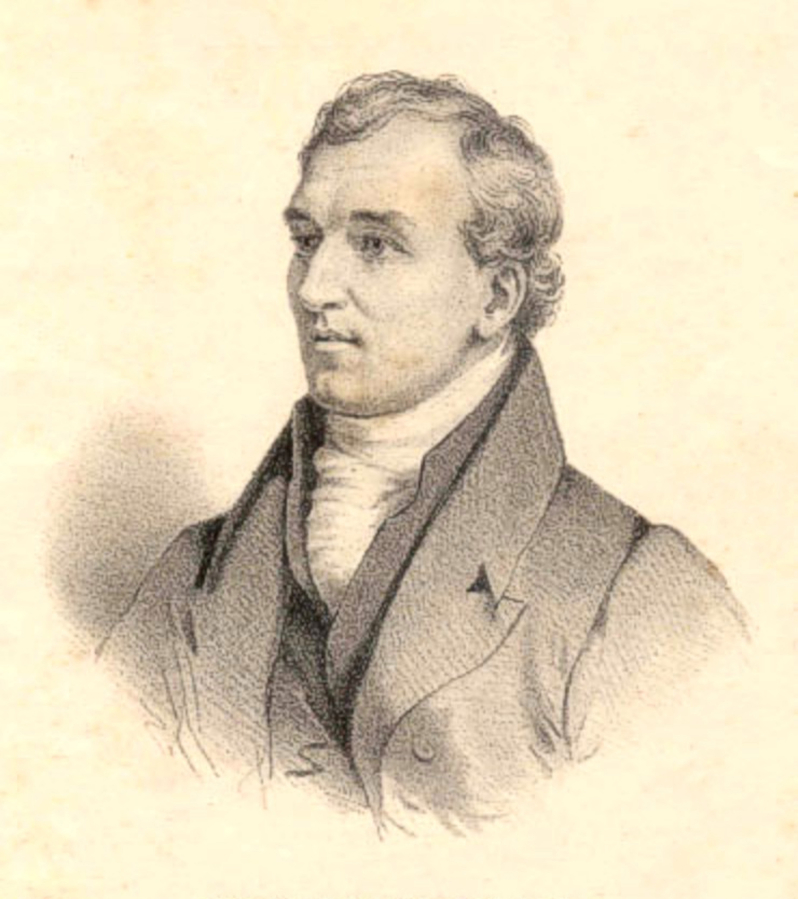In early 1825, passengers waited six weeks aboard the William and Ann for the sea to calm before crossing the dangerous Columbia River Bar. Paddlers canoed Dr. John McLoughlin to meet the ship and bring its passengers to the unfinished Fort Vancouver. There, youthful Scottish scientist David Douglas handed a letter of introduction to McLoughlin.
Reading the letter, the chief factor of the Hudson’s Bay Company learned that Douglas was on a botanical mission to collect seeds and plant specimens for the London Horticultural Society. Seeing that the letters of introduction included Hudson’s Bay Company governors, McLoughlin had no choice about giving the 25-year-old his support and that of his employer.
McLoughlin’s work was a commercial venture, and Douglas’ a scientific one. While superficially dissimilar, the Hudson’s Bay Company and the horticultural society shared a common vision — exploiting the natural resources of the Pacific Northwest. Under McLoughlin, the company sought control of the fur trade, and Douglas’ backers wanted scientific information that might give them commercially viable forest products, colorful flowers or even medicinal goods.
Douglas’ arrival at the fort was his second trip to America. In his early 20s, he traveled to the Eastern woods.
By the spring of 1825, Douglas was exploring the environment around the fort, amazed by the plants he saw.
The mixed-blood families of the fort employees also provided him access to tribal knowledge of the Indigenous flora and fauna.
Douglas traveled the interior to Celilo Falls, Eastern Washington and Idaho, with the fort as a base during 1825-’27, 1830 and 1831-’33. He collected plants, pressing them and sending them back to England so scientists could fit them into a naturalist catalog. During his 1830 visit, he brought surveying equipment and, with the help of a clerk, plotted out the topography around the fort.
In his notebooks, Douglas expressed his delight in bright blooms while also fretting about being short of blotting paper for pressing them. He also was irked about plants damaged during river crossings by mildew, insects and mice. So, he dutifully gathered multiple specimens to reduce any loss.
One of the fort’s hunters brought Douglas a California condor, which he promptly stuffed.
Although trained as a botanist, Douglas enthusiastically embraced natural science, even though his primary focus was supposedly on seeds for British gardens. He caught and pinned insects, split rocks, collected bird eggs and skinned rodents. He was awed by everything natural, even observing Fort Vancouver’s camas crop and its first potato patch being chomped by pocket gophers. He was perplexed by local deer, and the area’s tiny, chestnut-red and territorial tree squirrel still bears his name.
While researching the native birds and mammals’ behavior throughout one winter, he penned “An Account of the Zoology of the Columbia.”
In 1834, Douglas was in Hawaii, climbing Mauna Kea, when he stumbled into a pit trap and was mauled by a bull. He was buried in an unmarked grave near Honolulu. It remains a mystery whether he died by accident or was killed and robbed by his ex-con traveling companion or Hawaiians.
Martin Middlewood is editor of the Clark County Historical Society Annual. Reach him at ClarkCoHist@gmail.com.



